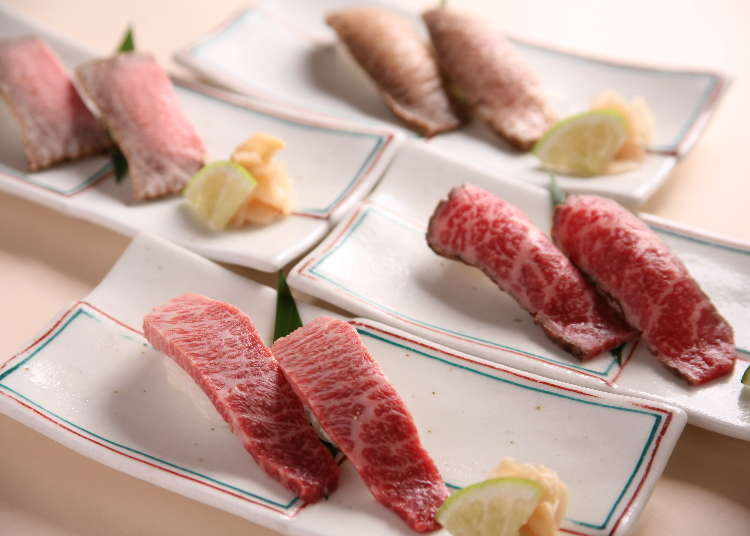
In Shiga food comes in so many delicious tastes and flavors born out of a rich natural environment and the prefecture's long history.
In addition to Omi Beef, one of Japan's top three Wagyu beef brands, there are also many regional dishes using fish, like the ayu sweetfish and trout caught in Lake Biwa.
Here we'll share recommended local Shiga food and cuisine unique to the area, from traditional meals you might eat at restaurants, to souvenir gifts, to local brand bread products you can buy cheaply at the supermarket.
1. Omi Beef
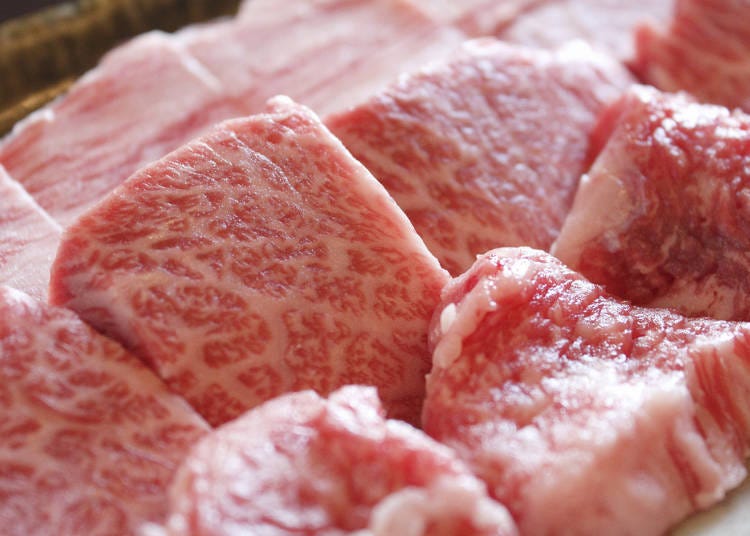
First on the list is indisputably Omi Beef, Shiga's prided brand of wagyu Japanese beef. With its characteristic high ratio of fat marbling and rich flavor, the melt-in-your-mouth texture and savory taste impresses foodies all around Japan. Different restaurants prepare Omi Beef in a variety of ways, including steak, sushi, and Japanese meat hot pot (sukiyaki).
2. Ayu Sweetfish
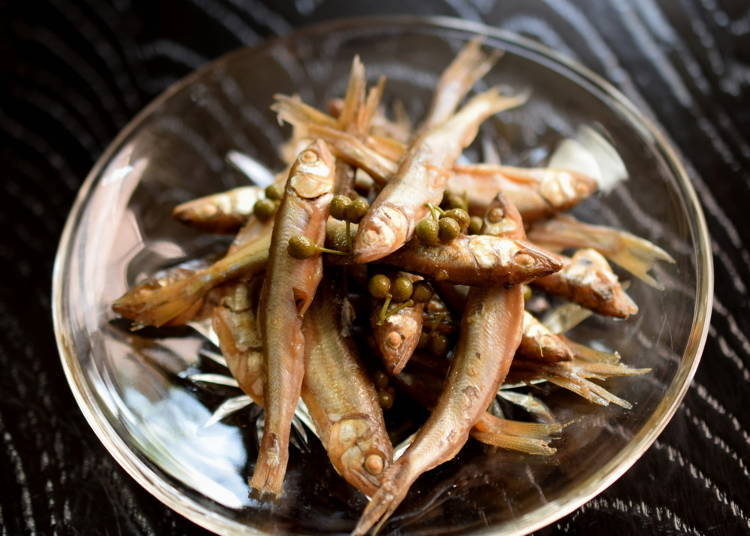
The ayu sweetfish caught in Lake Biwa don't grow very large in size, so they are called "ko-ayu", or "small ayu sweetfish". Small ayu sweetfish are sold fresh, with the majority of the ones released into bodies of water across the country coming from Lake Biwa.
Their soft bones mean they can be eaten whole, head to tail, so they are eaten often in dishes like "tsukudani" (preserves made by boiling ingredients down in soy sauce), tempura, and "nanbanzuke" (deep fried and accompanied by thin-sliced vegetables, flavored with a spicy vinegar sauce). There are even specialty stores for ayu sweetfish, as they are so often used in traditional local cooking.
3. Funa-zushi
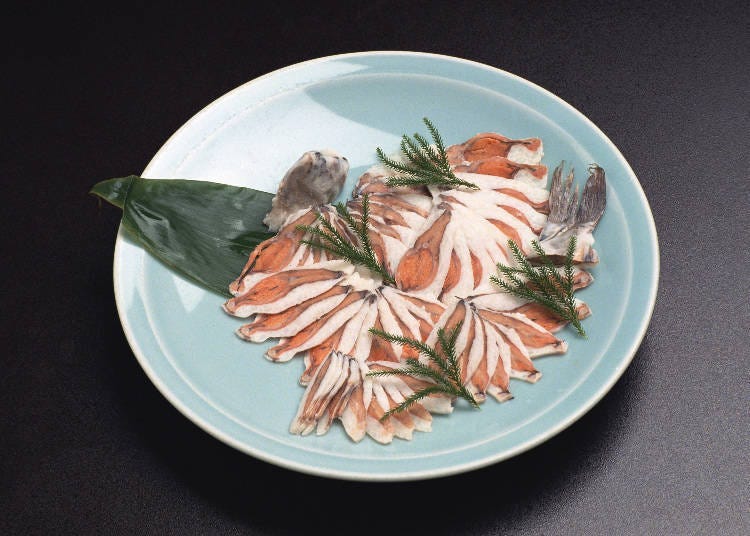
Funa-zushi is traditional cuisine that is said to be Japan's oldest form of sushi. It looks much different than the more common nigiri. Funa-zushi is a type of fermented sushi (nare-zushi) pickled alongside salt and rice. The fish used is a prized wild goldfish called "nigoro-buna".
It is made distinctive by the unique flavor of fermented foods, and locally it is eaten on special occasions such as the New Year's holiday. Apparently, due to its flavor and smell, it is known elsewhere in the world as "a Japanese version of blue cheese".
4. Grilled Mackerel Somen Noodles
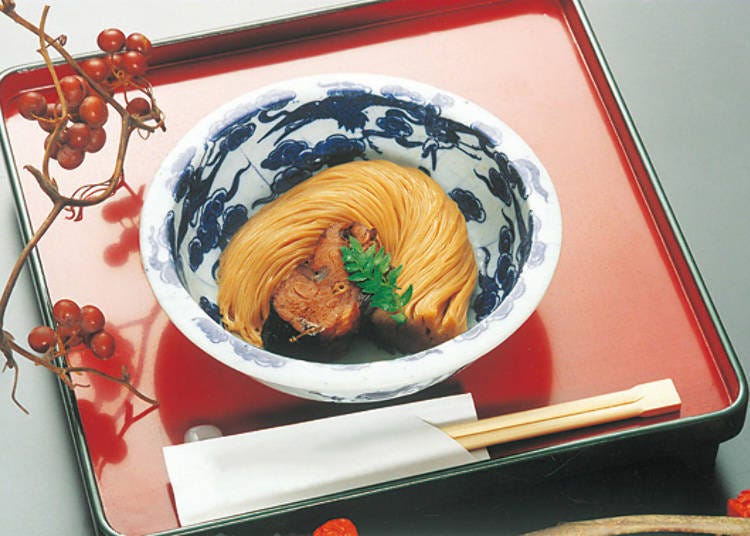
This dish, traditional to the Nagahama City area of Shiga Prefecture, is made by boiling fragrantly grilled mackerel in a sweet-and-spicy broth, and then using that broth to flavor boiled somen noodles. The strong taste is designed to hide any fishy taste or smell the mackerel may produce.
Boiled long and slow until it's so soft it falls apart, the mackerel in this dish is exquisite. Somen noodles eaten without soup is rare, so make sure to try this dish when you have the chance.
5. Noppei Udon
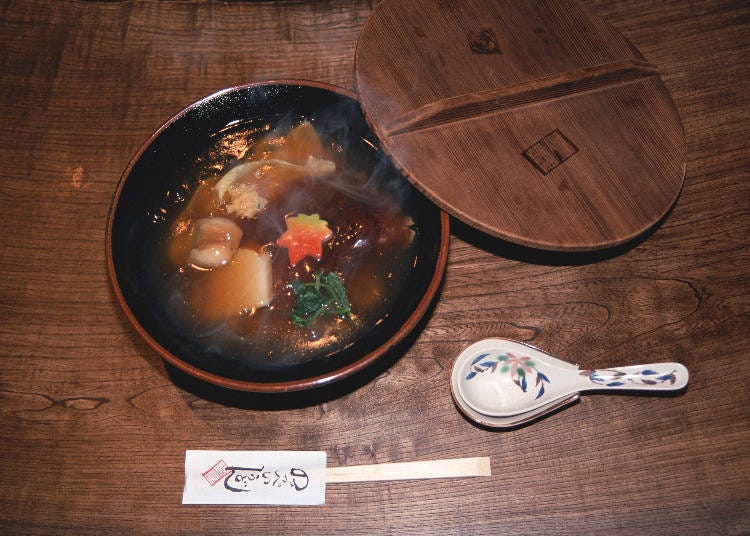
Noppei udon consists of boiled udon noodles topped with a thickened broth. Also added are ingredients including shiitake mushrooms, wheat gluten cakes, yuba tofu skin, kamaboko fish paste cakes, and Japanese parsley.
Since the thickened broth doesn’t cool easily, you can eat it hot down to the last bite. This traditional dish was created thanks to the bitterly cold climate of the region. You'll definitely want to try this warming dish in the cold winter months.
6. Salad Roll
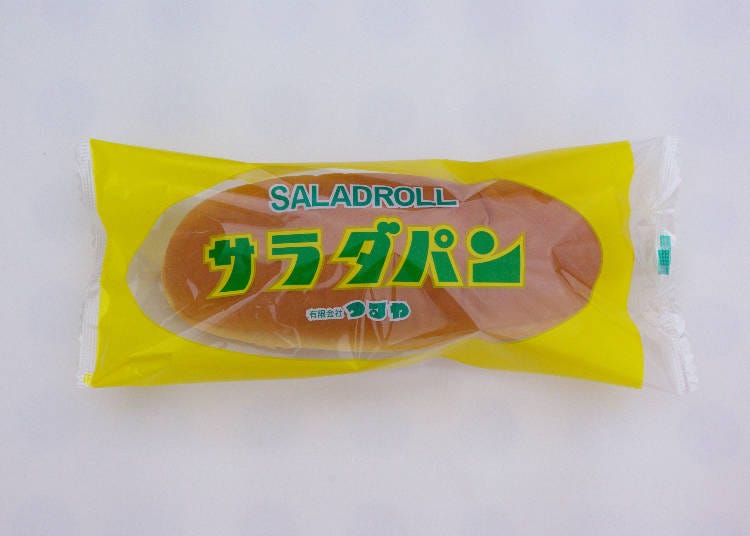
This is a famous bread product of the 1951-founded company Tsuruya Pan. Despite its name "Salad Roll", it is actually an original and unique local sandwich, made with a long bun filled with daikon radish pickles called "takuan" flavored with mayonnaise.
The product's retro package, unchanged since the time the company was founded, is another reason for its popularity. You can buy them at the Tsuruya Pan Honten main branch in Nagahama City, or at supermarkets all around Shiga Prefecture.
7. Red Konjac Jelly
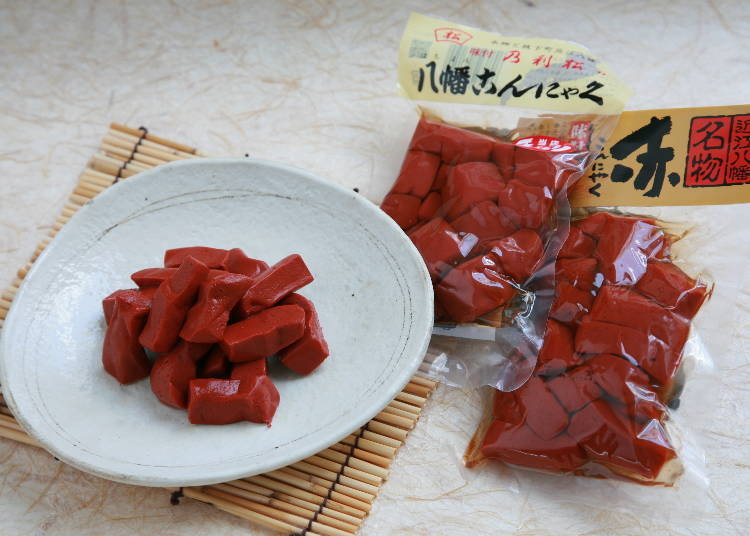
Red konjac jelly is, indeed, colored bright red. It is said to have been created in relation to the fire festival held at Shiga Prefecture's Omihachiman City’s shrines. You might associate its red appearance with spiciness, but it actually isn't made with any spicy ingredients.
This konjac jelly can be eaten raw as sashimi, deliciously stewed with broth and soy sauce, or in stir-fries. Some stores may also sell flavored versions.
Text by:WESTPLAN
- Area
- Category
*Prices and options mentioned are subject to change.
*Unless stated otherwise, all prices include tax.
Limited time offer: 10% discount coupons available now!
Recommended places for you
-

UDONNISHIMURA
Other Japanese Food
Shinsekai, Tennouji, Tsuruhashi
-
Goods

Yoshida Gennojo-Roho Kyoto Buddhist Altars
Gift Shops
Nijo Castle, Kyoto Imperial Palace
-
Menu
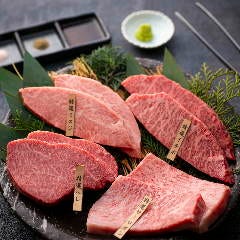
ISHIDAYA Hanare
Yakiniku
Kobe, Sannomiya, Kitano
-
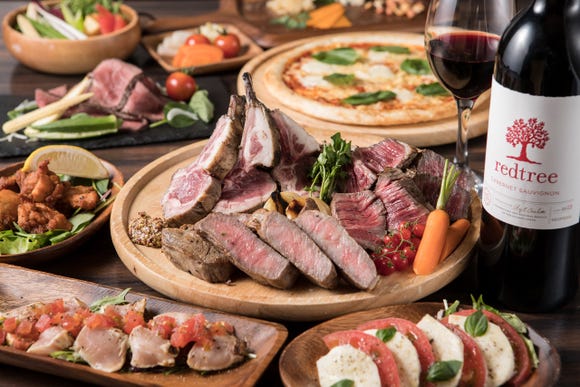
Jukuseiniku-to Namamottsuarera Nikubaru Italian Nikutaria Sannomiya
Izakaya
Kobe, Sannomiya, Kitano
-

Kamesushi Sohonten
Sushi
Umeda, Osaka Station, Kitashinchi
-
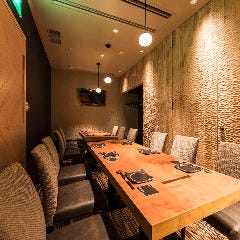
SUN Osakaten
Other Japanese Food
Umeda, Osaka Station, Kitashinchi
-

What Items Does a Japanese Stationery Lover Want Most? We Find Out with Taku Kidate!
-
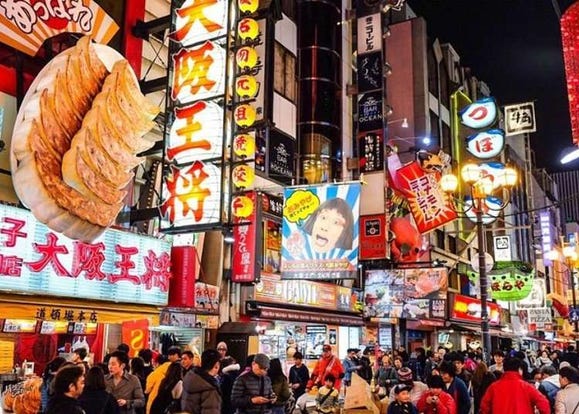
14 Unique & Fun Osaka Food Tours to Enjoy in 2024
-
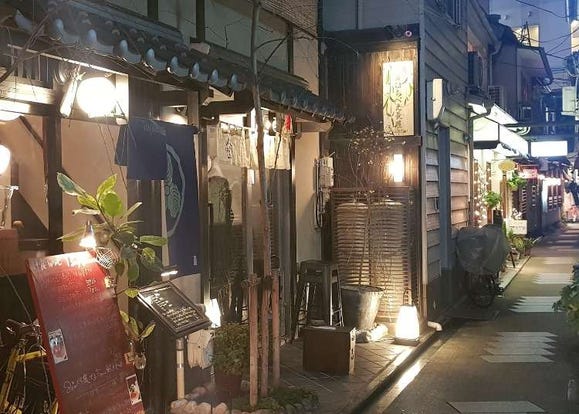
13 Unique & Fun Kyoto Food Tours to Enjoy in 2024
-
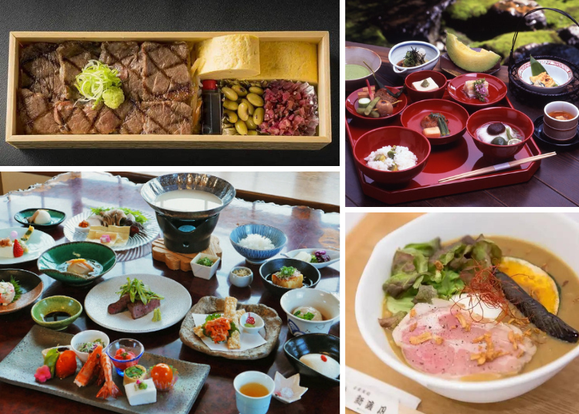
18 Must-Try Restaurants in Arashiyama: Savor Everything from Classic Cuisine to Trendy Cafés with Scenic Backdrops
-

Make the Most of 'Universal Cool Japan' (2024 Guide) - Detective Conan, Monster Hunter & More
-
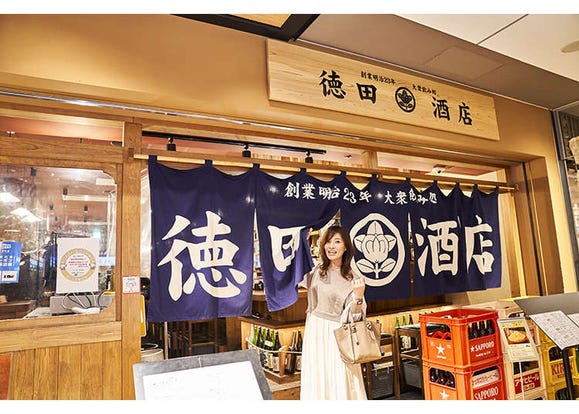
Enjoy the Enchanting World of Osaka Station City: Solo-Friendly Bar-Hopping!
-

Getting From Tokyo Narita Airport (NRT) to Tokyo: Complete Guide
-
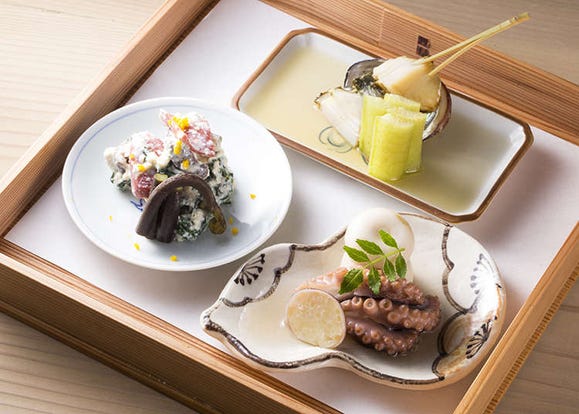
Fine Japanese Dining in Kyoto! Top 3 Japanese Restaurants in Kiyamachi and Pontocho Geisha Districts
-
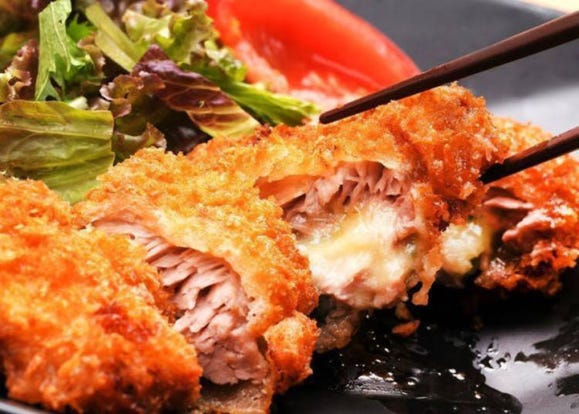
How to Make Chicken Cheese Katsu - Japan's Crispy Fried Chicken With Gooey Molten Cheese Center
-
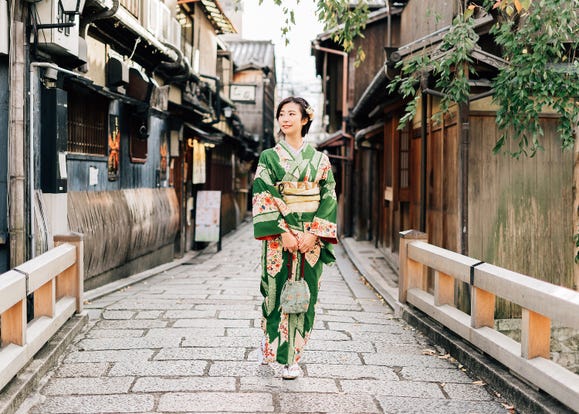
38 Best Things to Do in Kyoto: See, Eat, and Shop Your Way Through Japan's Cultural Capital
-

Hearty Japanese Katsudon Recipe: Crispy Pork Cutlet with Soft & Scrumptious Egg
-

Kobe Food: Top 7 Delicacies from Hyogo, the Land of Gourmet
- #best gourmet Osaka
- #things to do Osaka
- #what to do in kyoto
- #what to bring to japan
- #best gourmet Kyoto
- #new years in Osaka
- #what to buy in nanba
- #Visiting Osaka
- #onsen tattoo friendly arima
- #daiso
- #Visiting Kyoto
- #best japanese soft drinks
- #japanese fashion culture
- #japanese convenience store snacks
- #japanese nail trends












